Description
VMIC / GE Fanuc VMIVME-7750 VME Single-Board Computer – Reliable x86 Control Core for Legacy and New VME Systems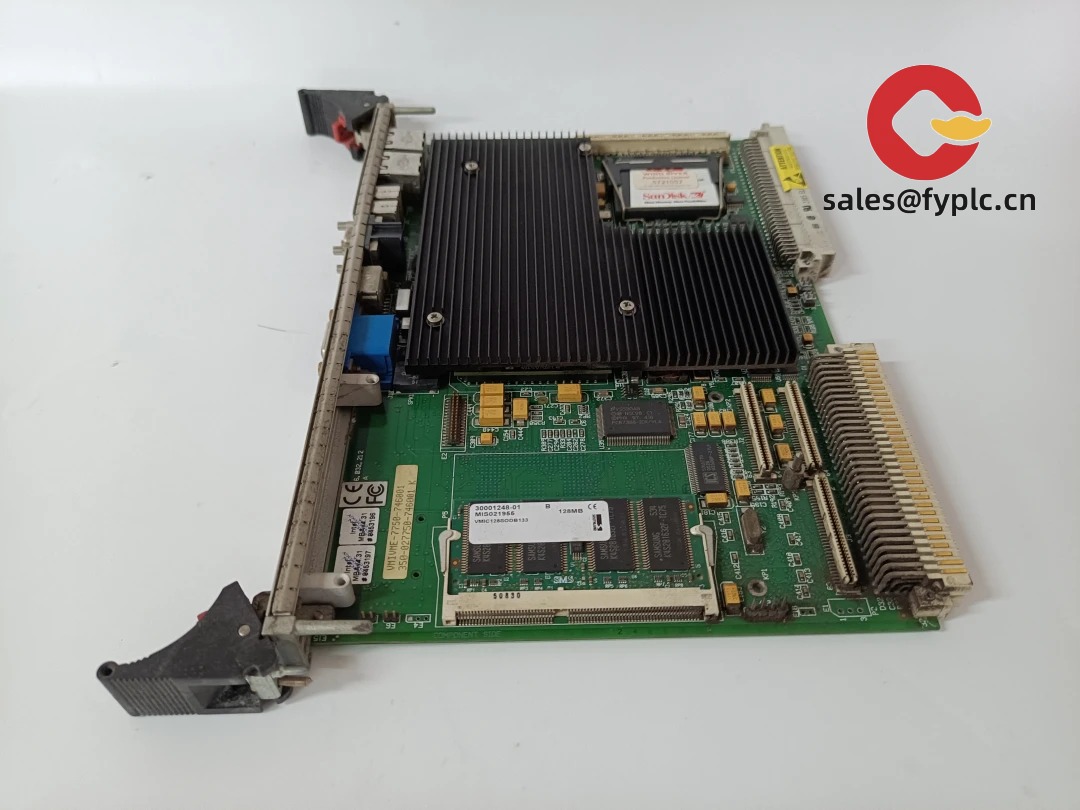
The VMIC / GE Fanuc (now Abaco Systems) VMIVME-7750 is a 6U VME single-board computer built for industrial control, test stands, and other continuous-duty applications. It’s a practical fit when you need a stable x86-based processor board that plays nicely with existing VME64 backplanes and long-running software images. The variant you referenced—VMIVME-7750-746001-350-027750-746001-K—appears to be an assembly/options code used in the field; in many cases these denote memory, I/O, and rear-transition configurations. From my experience, this series is chosen because it boots predictably, tolerates electrical noise well, and keeps legacy tools running without fuss.
Company’s Order Placement Process and Guarantees
- Warranty: 365 days coverage for repair or replacement.
- Lead time: Typically 1 week if in stock; no more than 1 month at the latest.
- Payment terms: 50% advance payment; full payment prior to delivery.
- Express shipping: FedEx, UPS, or DHL—whichever route moves fastest to your site.
Key Features
- 6U VME64 compatibility: Installs in standard VME racks; single-slot footprint in most builds.
- x86 architecture: Typically Intel-based, making it straightforward to run existing Windows or Linux images used in plants and labs.
- Robust I/O options: Ethernet, serial (RS-232/422), VGA display, USB, and IDE/ATA are commonly available in this family.
- Rear I/O via P2/RTM: Many deployments use a rear transition module to keep front-panel cabling tidy and protected.
- Long-life reliability: Designed for 24/7 operation in control cabinets—what you want when downtime is expensive.
- Field-proven replacements: Often used as a drop-in replacement to extend the life of GE Fanuc/VMIC-based systems.
Technical Specifications
| Item | Details |
|---|---|
| Brand / Model | VMIC / GE Fanuc VMIVME-7750 (assembly ref: VMIVME-7750-746001-350-027750-746001-K) |
| Form Factor | 6U VME64, air‑cooled; typically single slot |
| HS Code | 847150 (Automatic data processing machine processing unit; regional interpretation may vary) |
| Power Requirements | +5 VDC from VME backplane (primary); ±12 V rails used for I/O; typical board power in the 25–40 W range depending on configuration |
| Dimensions & Weight | Approx. 233 × 160 mm (6U), weight ~0.9 kg |
| Operating Temperature | 0 to +55 °C (air-cooled, typical commercial temp); ensure cabinet airflow |
| Signal I/O Types | 10/100 Ethernet, RS-232/422 serial, VGA display, USB (legacy), IDE/ATA; additional signals via P2 to RTM |
| Communication Interfaces | VME64/64x backplane; front-panel ports as configured; optional mezzanine I/O in many cases |
| Installation Method | Slides into a 19-inch VME chassis; secure with injector/ejector levers and front-panel screws; address/jumpers per system map |
Application Fields
You’ll typically see the VMIVME-7750 in production tools and test equipment where stability matters more than bleeding-edge specs. It fits well in:
- Semiconductor manufacturing tools and metrology stations
- Power generation control, turbine auxiliaries, and utility automation
- Defense/aerospace test stands and ruggedized lab rigs
- Motion control, robotics cells, and high-speed packaging lines
- Data acquisition, SCADA gateways, and legacy HMI controllers
Advantages & Value
- Drop-in continuity: Keeps VME systems running without retraining operators or rewriting validated code.
- Compatibility first: Plays well with common VME64 backplanes, legacy OS images, and field wiring via RTMs.
- Lower risk, lower downtime: Proven stability; replacements can be burn-in tested to shorten commissioning time.
- Lifecycle support: Good option when newer CompactPCI/VPX platforms aren’t economical for retrofit projects.
- Total cost control: In many cases, you save on engineering and validation compared with platform migrations.
A maintenance lead told us, “We swapped in a VMIVME-7750 and the tool came back online the same shift—no recipe changes, no OS rework.” That’s usually the goal with this class of board.
Installation & Maintenance
- Cabinet & airflow: Use a standard 19-inch VME chassis with clean, directed airflow. Keep inlet temps within the 0–55 °C range.
- Power & grounding: Verify +5 V rail capacity; check chassis ground integrity to minimize noise on serial and analog lines.
- ESD handling: Wear a wrist strap and handle by the edges; avoid touching mezzanine contacts and P1/P2 connectors.
- Address/jumpers: Set VME slot, interrupts, and I/O routing exactly per your existing system map—photograph prior settings when replacing a board.
- Cabling & RTM: If using a rear transition module, seat it first and route harnesses to reduce strain on front-panel connectors.
- Routine maintenance: Quarterly dust removal, inspect fan filters, check battery-backed RTC/BIOS annually, and keep a cloned disk/CF image for rapid recovery.
- Firmware: BIOS updates should match your OS and driver stack; if the system is validated, freeze versions unless there’s a security or stability reason.
Quality & Certifications
- Typical compliance: CE marking for EMC; many builds are UL recognized.
- Manufacturing quality systems: ISO 9001 lineage (VMIC/GE Fanuc/Abaco manufacturing environments).
- RoHS status can vary by date code; legacy boards may be non-RoHS—confirm if your site requires RoHS-only.
- Warranty: 365-day warranty, with functional testing available on request before shipment.
Suggested Supporting Components
- Rear Transition Module (RTM) for VMIVME-7750 series to bring P2 I/O to the rear of the chassis.
- VME storage options: IDE/ATA solid-state adapters or CF-to-IDE modules for faster swap/recovery.
- Mezzanine I/O (where supported): PMC serial expansion, additional Ethernet, or FPGA-based custom I/O.
If you share your current slot map and OS image version, we can double-check compatibility with the VMIVME-7750-746001-350-027750-746001-K build and recommend the right RTM and cabling. You might notice that small details—like the BIOS revision or which serial ports are routed to P2—save hours during switchover.

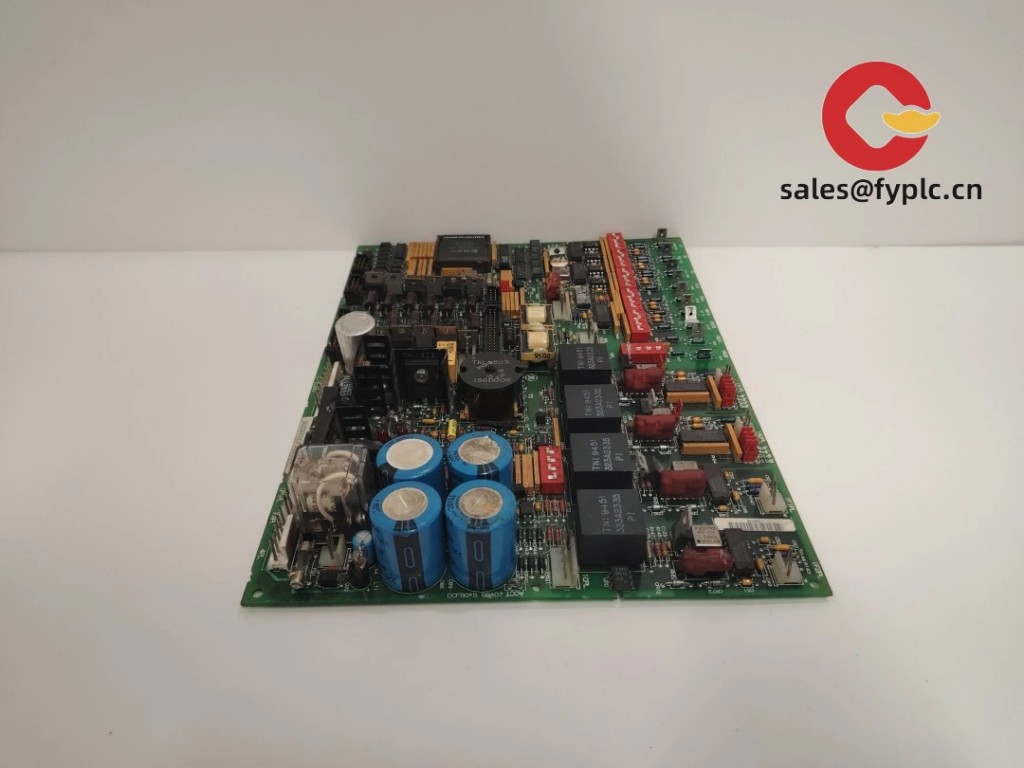

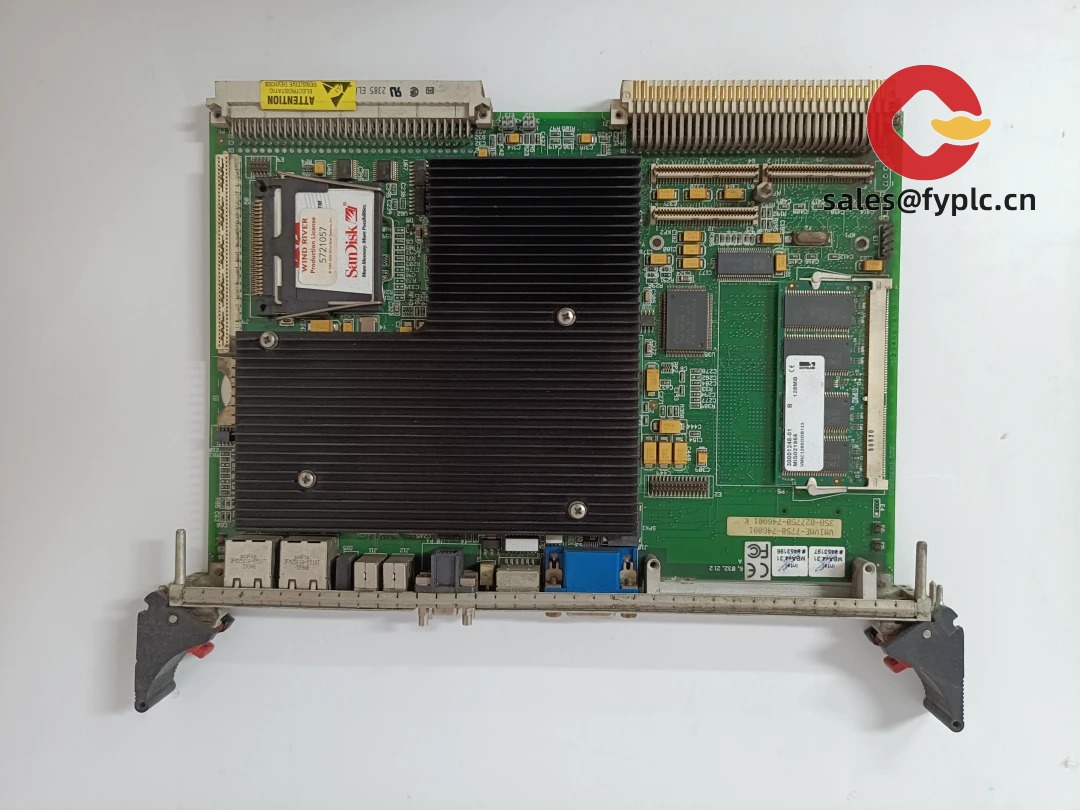

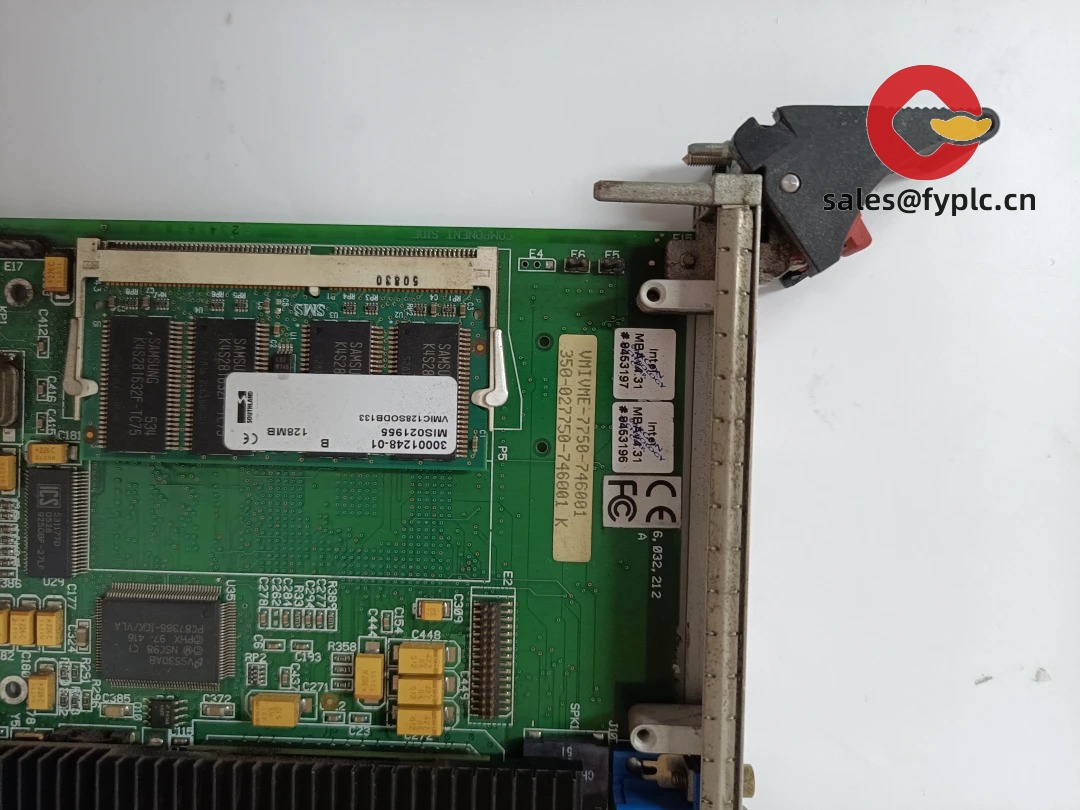
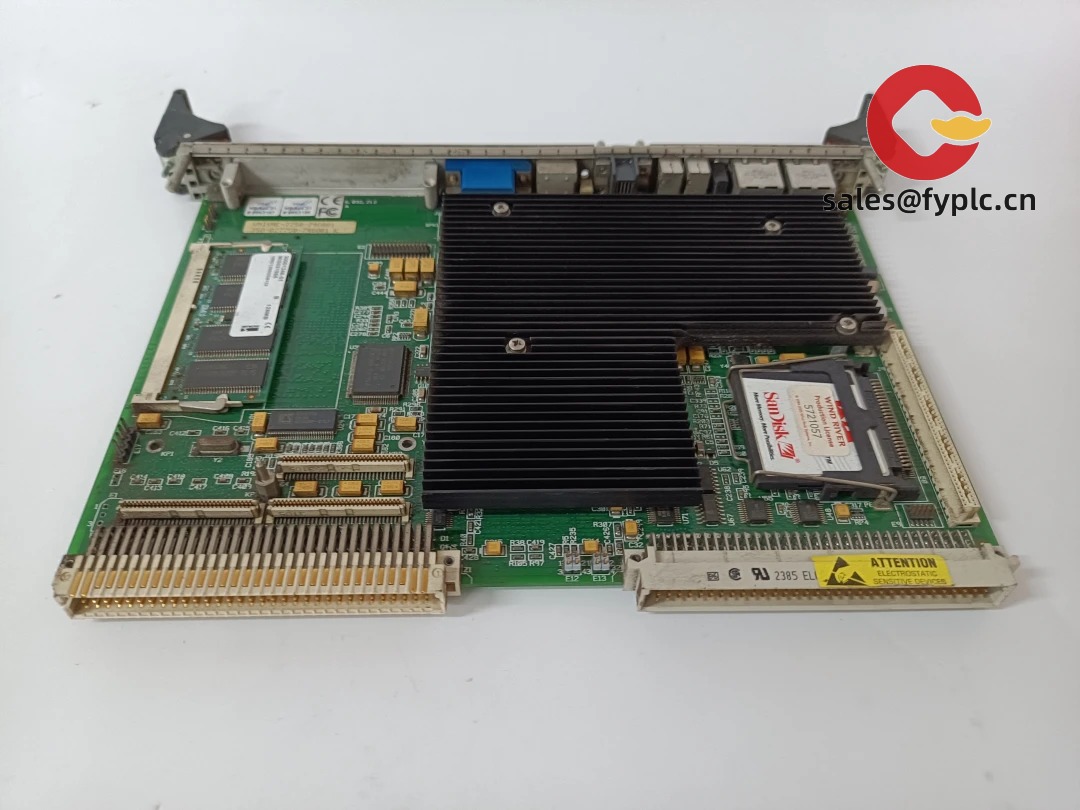
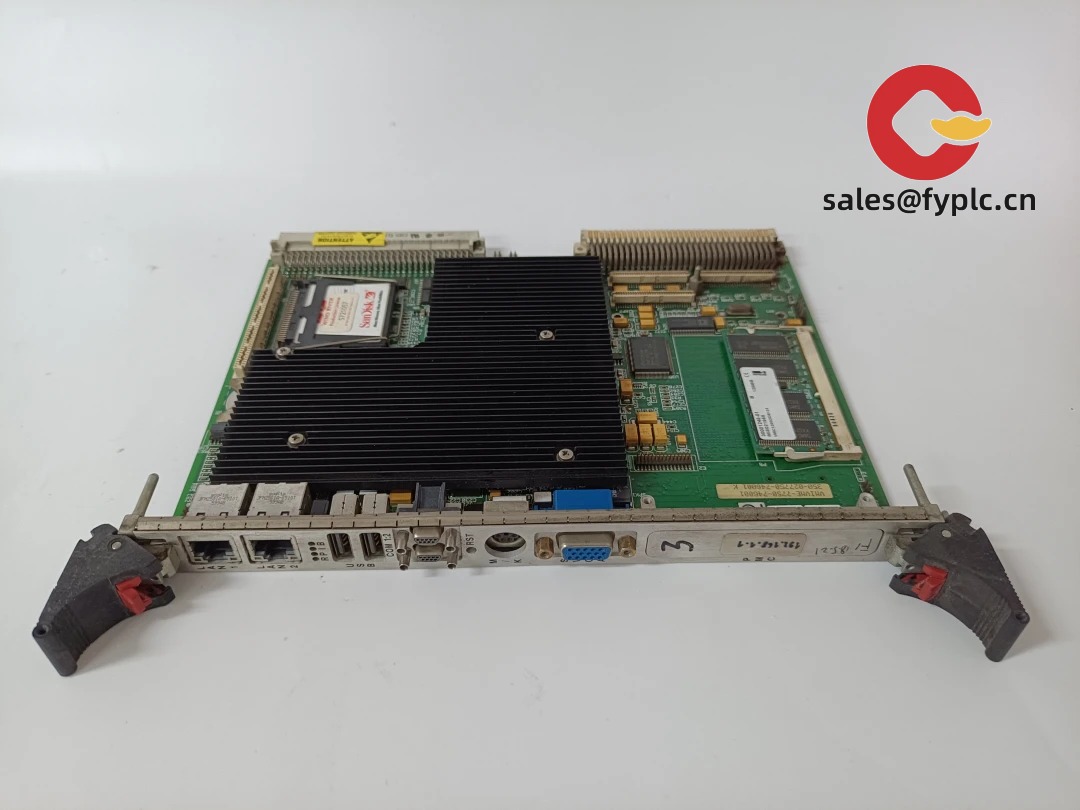

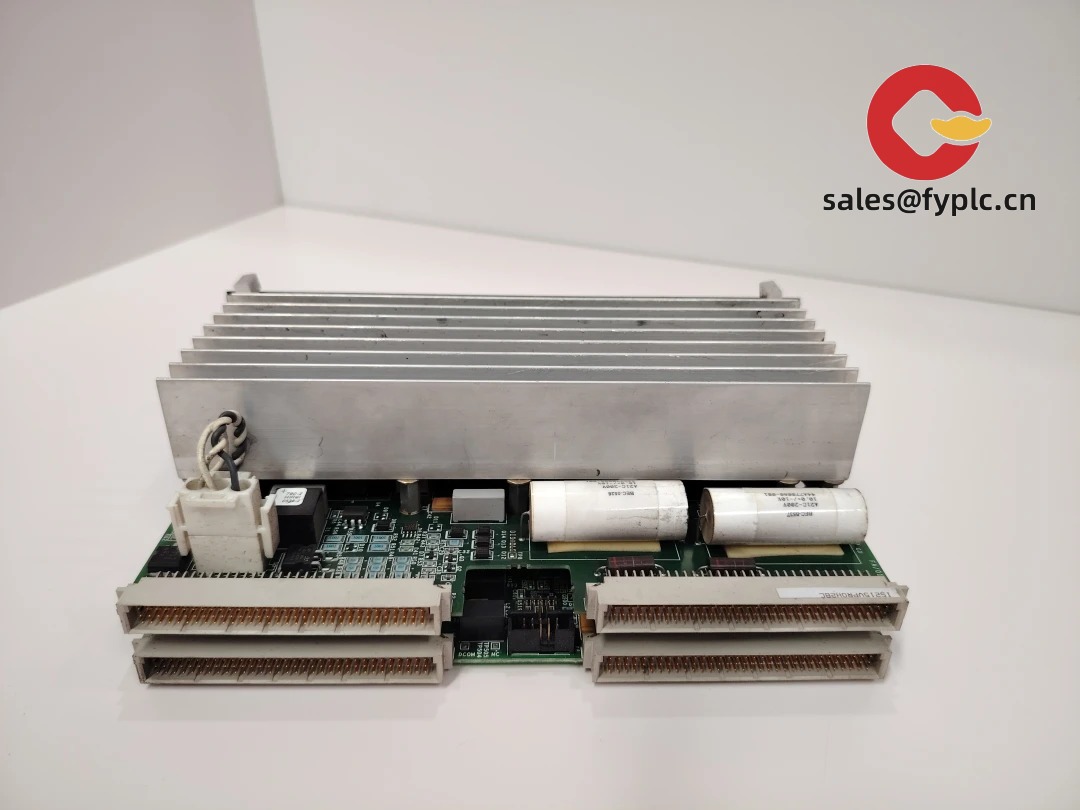
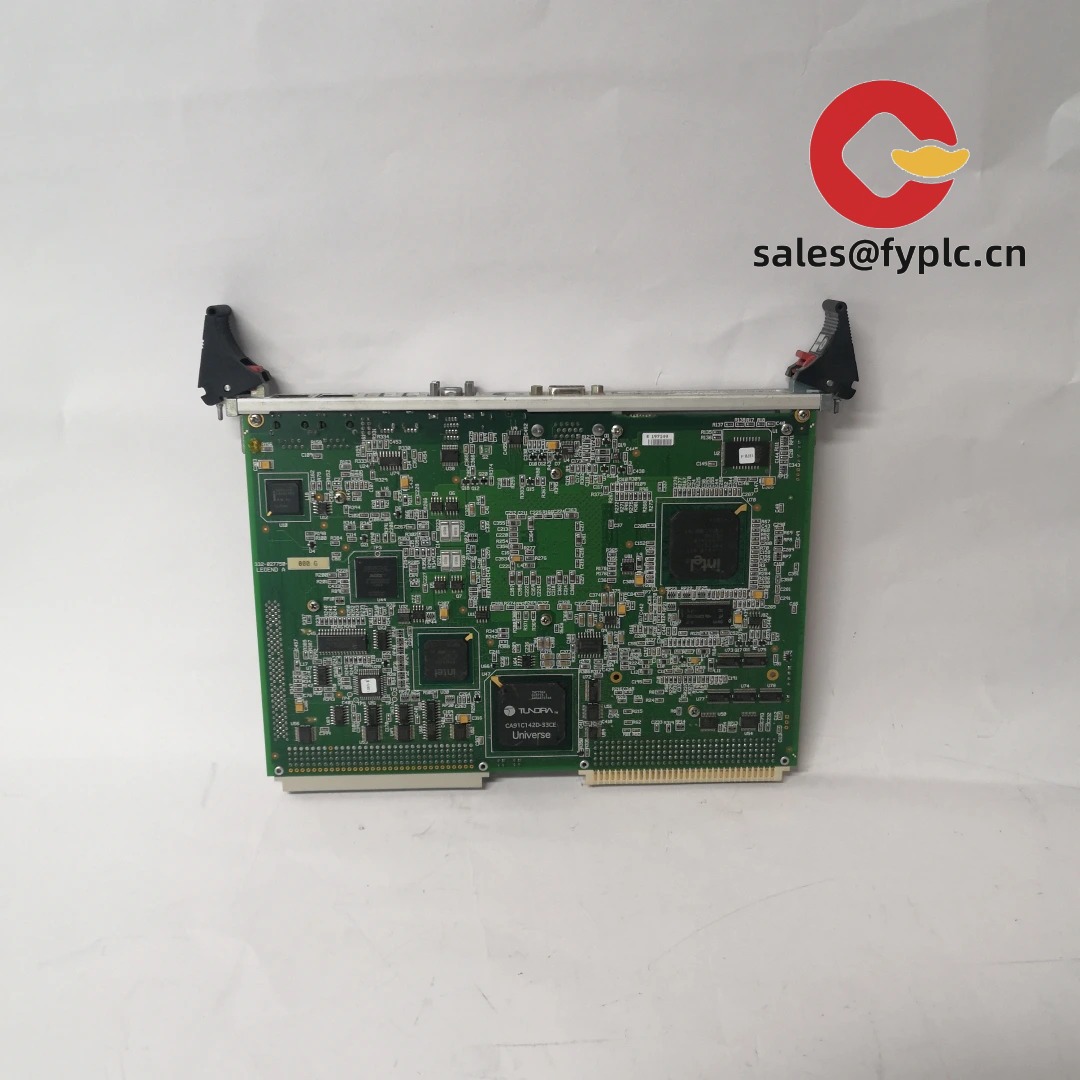


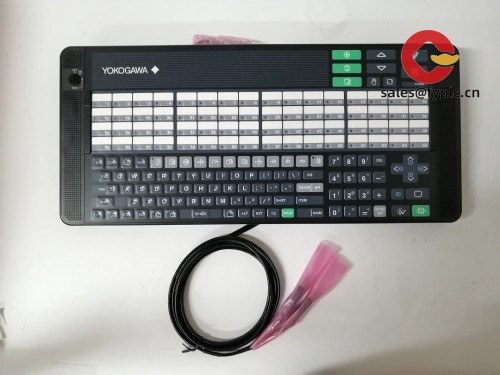


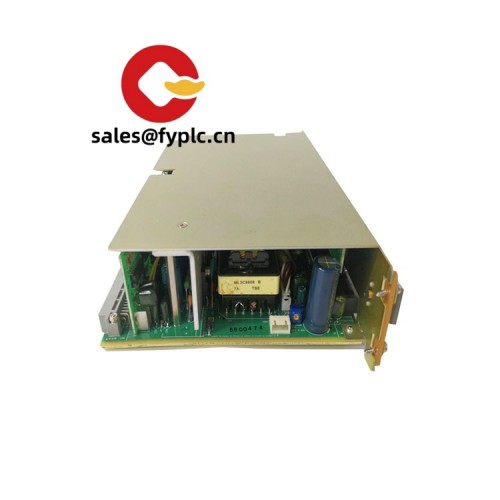


Reviews
There are no reviews yet.